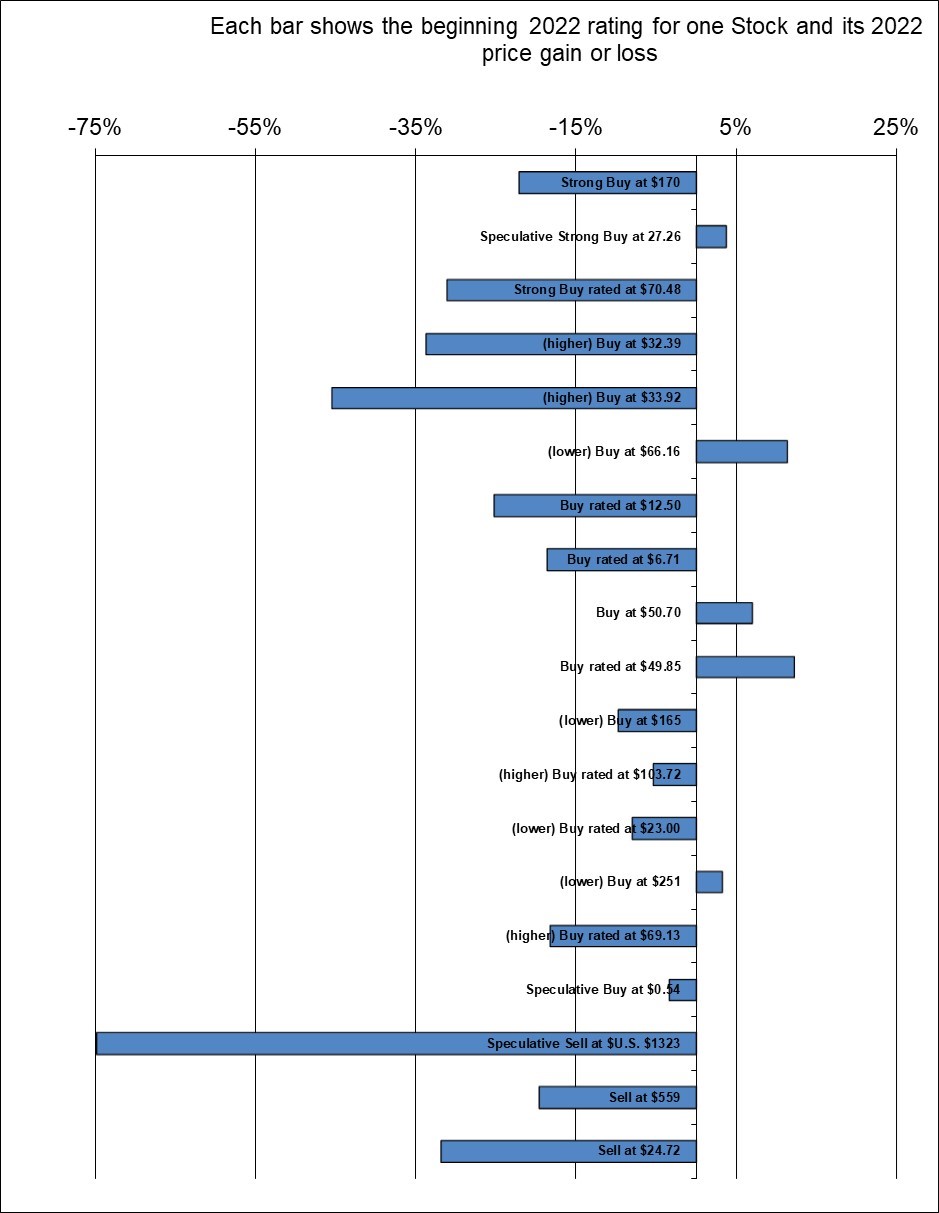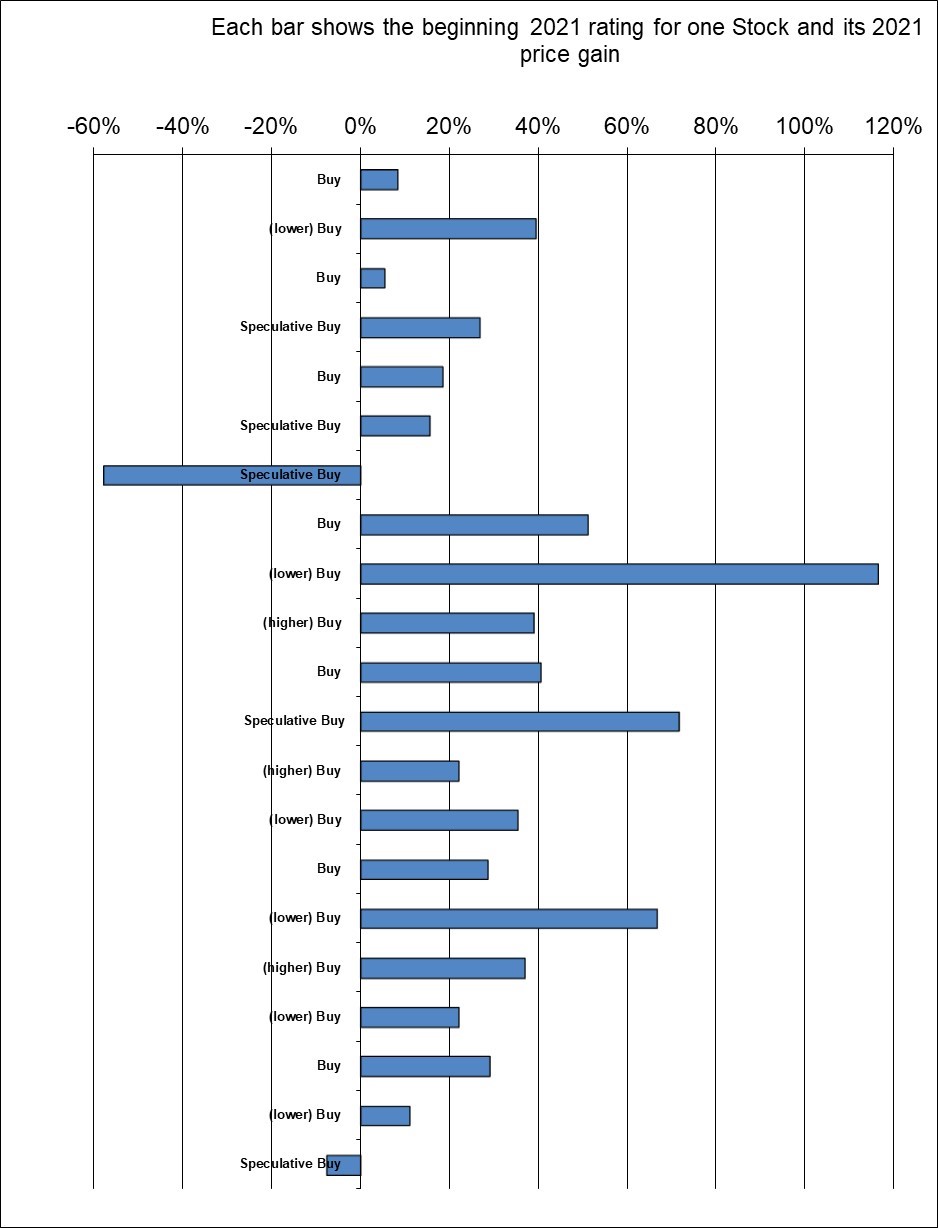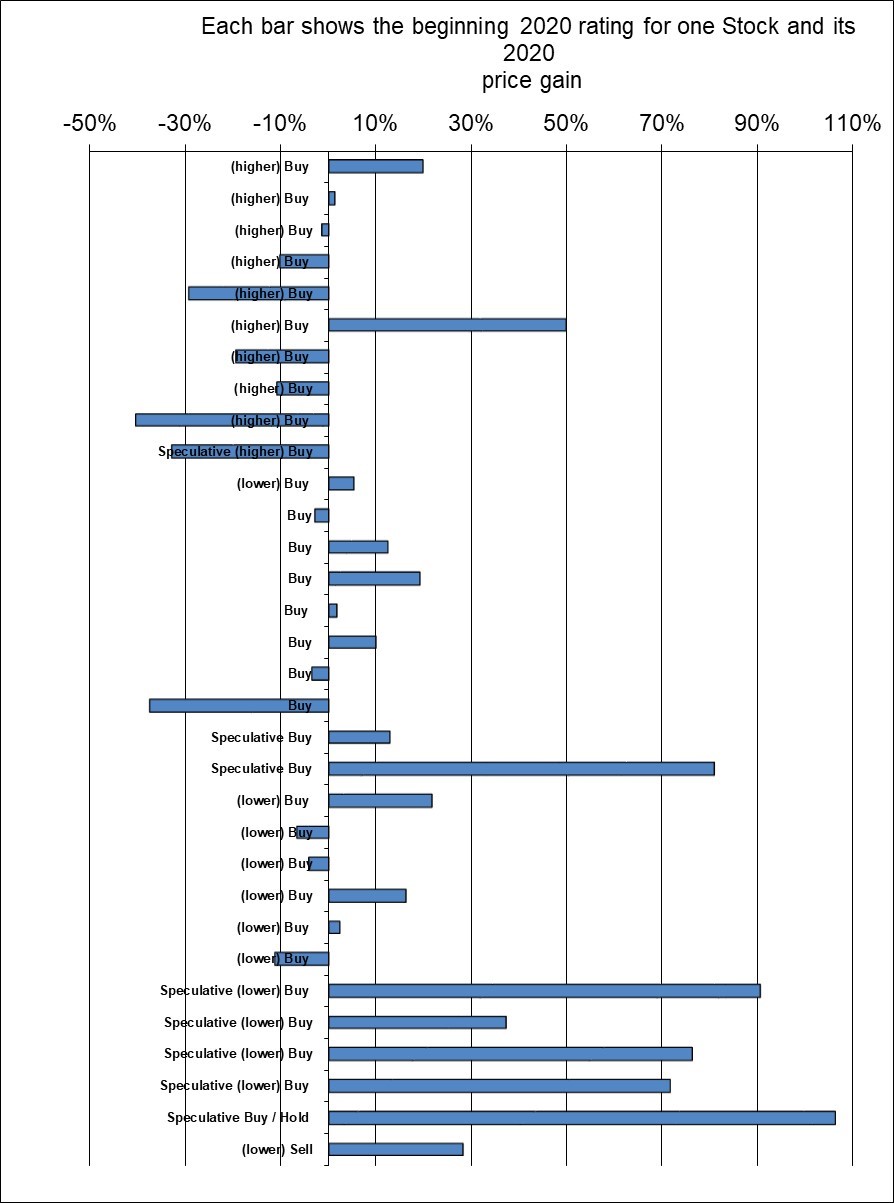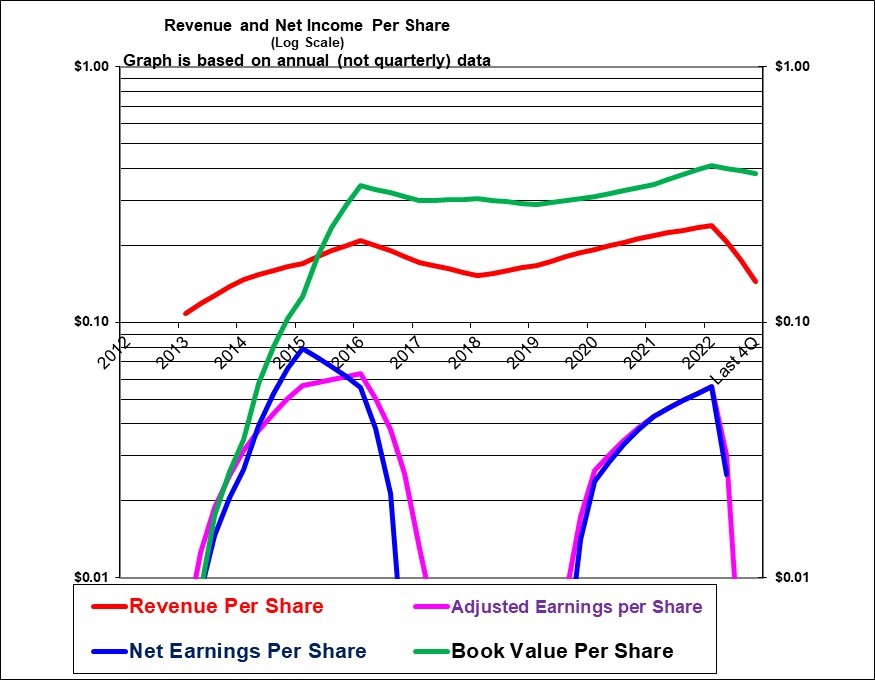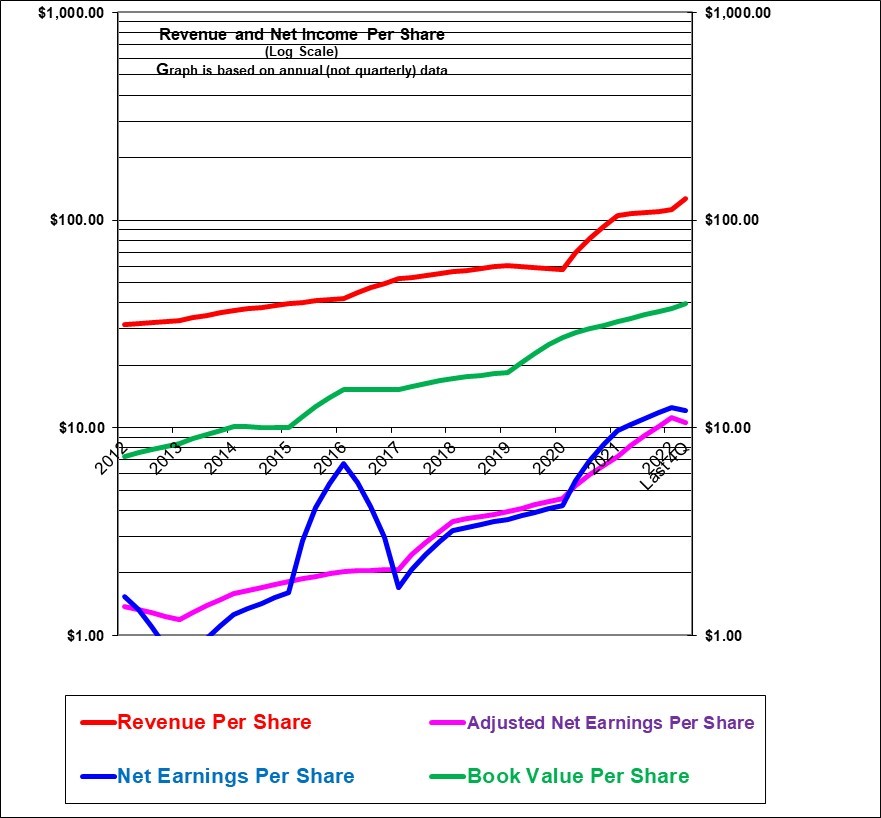As of late October 2023, preferred shares are probably a very good choice for Canadian investors.
Higher interest rates have pushed their prices down and their yields up. The price drops have been painful for those holding these shares. But now that interest rates are predicted to be near their peaks and to start moving lower within a year or two, these shares could provide not only attractive yields but also possible capital gains. With inflation coming down their yields can reasonably be expected to exceed inflation going forward. And perhaps to significantly exceed inflation.
For Canadian investors in taxable accounts they also offer the added benefit of lower income taxes (compared to interest income and REIT distributions) due to the dividend tax credit. For taxable accounts they offer significantly lower tax rates especially for those with lower incomes.
In Canada, there are two main categories of Preferred shares. These are Perpetuals and Rate Resets.
I address the two types separately below.
I’ve listed some specific preferred share names and trading symbols for investors to consider.
When buying or selling preferred shares, be aware that they usually have low trading liquidity which can lead to wide bid-ask spreads. Therefore, use limit orders and and attempt to buy at or near the last traded price or lower rather than accepting the higher offer price. For thinly traded stocks, using a lower price and some patience can often be rewarded with a modest discount.
PERPETUAL PREFFERED SHARES ARE NOW RIPE FOR INVESTMENT
Perpetual preferred shares are one of the simplest investments available. They simply pay a fixed quarterly dividend that never changes. The dividend depends mostly on the level of long-term interest rates on the date these shares are issued. It also depends partly on the credit rating of the issuing company. But for the most part only companies with relatively high credit ratings issue these shares. They are almost always issued at a price of $25. The issuing company almost always has the right to buy them back at about $25 to $26 and that can happen if interest rates fall significantly. This does limit and cap the potential capital gain upside from these shares.
As long as the credit rating of the issuing company remains strong, these shares fluctuate mostly with changes in long-term interest rates. In general, they never rise much above about $26 or $27 because, in that case, the issuing company could typically redeem them and issue new ones at a lower dividend that would be issued at $25. These shares fall in price when long-term interest rates rise and that’s usually also associated with higher inflation. Since the dividend is fixed in nominal dollars, these shares do not protect against unexpectedly higher inflation. They also tend to fall in price during times of stock market panics.
They can be expected to be good investments when the yield is at least a couple of percentage points above expected inflation so that they then provide a positive real return. If purchased at a significant discount to their $25 issue price they can also offer capital gains.
These perpetual preferred shares have been poor investments when interest rates have risen and pushed down their prices. For example, a perpetual that initially pays 4.5% on a $25 issue price is doomed to fall in price if interest rates rise such that the market required yield on similar preferred prices rises to a noticeably higher level such as 6.5%.
Interest rates have of course risen dramatically since the in the last 20 months. And so perpetual preferred shares have declined significantly in price. But now it appears that interest rate are at or near their peak level and they are likely to soon stabilise before probably declining after a year or two.
As documented below, high quality perpetual preferred shares are now yielding about 7%. Because most of them were issued at lower yields their prices have declined noticeably in order for them to yield today’s market-required yield of about 7%.
If interest rates do now stabilize at about their current levels and if inflation moderates down to about 3% or lower, as expected, then these approximate 7% yields will prove to be have been a good investment. And if interest rates do start to decline after a year or so then they will also offer capital gains.
Nothing is guaranteed but it does appear to be a very good time to accumulate a position in these shares.
I would rate all of the following as Buys. The best approach would be to choose several in order to diversify across industries and perhaps across the different credit ratings. In interpreting the credit ratings note that PFD1 is a higher rating than PFD2 and that I have listed the shares in the order of highest credit rating to lowest. As noted above be cautious with the bid / ask spreads and enter limit orders as opposed to market orders. Using the dividend levels indicated in the table you can easily calculate the annual yield at the current market price.
| Issuing Company |
Symbol |
Current Price |
Dividend |
Current Yield |
Credit Rating |
| Royal Bank RBC |
RY.PR.N |
$19.35 |
$1.225 |
6.33% |
PFD1L |
| Great West Life |
GWO.PR.Y |
$15.42 |
$1.125 |
7.30% |
PFD-2H |
| Power Financial Corporation |
PWF.PR.G |
$19.93 |
$1.475 |
7.40% |
PFD-2H |
| Intact Financial |
IFC.PR.E |
$18.61 |
$1.300 |
6.99% |
PFD-2 |
| Canadian Utilities |
CU.PR.E |
$17.50 |
$1.225 |
7.00% |
PFD-2 |
| Fortis Inc. |
FTS.PR.F |
$18.10 |
$1.225 |
6.77% |
PFD-2L |
| Emera |
EMA.PR.E |
$15.25 |
$1.125 |
7.38% |
PFD-3H |
RATE RESETS ALSO LOOK ATTRACTIVE
If you’re looking for attractive dividend yields, it’s time to think about rate reset preferred shares. Their yields are now more attractive and in many cases their dividends will soon reset to even higher levels. I’ll provide details and specific recommendations below. I’ll also explain their poor past performance and how these shares work.
Why is now the time to invest in rate reset preferred shares?
The most obvious reason is that their yields have increased to attractive levels. Many strong credit issues are yielding about 6% to 8%. Lower-credit-quality issues are yielding even more, but the risk is higher.
On average, these preferreds are currently about as low in price as they ever have been. For example, TD.PF.A, issued in 2014, is currently trading at close to the lows it made in early 2016 and late 2019. The only time it was much cheaper was briefly during the extreme depths of the “Pandemic Panic” in March 2020. After previous low points it went on to make substantial gains.
Any rate reset share that is resetting soon will move to a substantially higher dividend. And any that are resetting in the next 18 months will also reset at substantially higher dividend levels unless the five-year Canada bond yield plunges in the interim. That’s because their current dividends were set based on a five-year government of Canada bond yield in the range of 1.3% to 2.5%, while the current yield on that bond is about 4.1%.
If interest rates do start to decline, as some expect, then rate resets with relatively high dividend levels, and where the reset date is several years in the future, will be more attractive and should provide capital gains. If interest rates do stay high, it’s hard to imagine that earning 6% or more on a rate reset share is going to be a bad investment.
Understanding rate reset dividends and share price fluctuations.
The dividend on rate reset preferred shares consists of two components. The first is set at the prevailing market yield on the five-year government of Canada bond. This resets every five years. The second component is a market-required “spread” that is set at the level required to entice investors to pay the initial $25 issue price. This component is fixed and does not reset.
Both components have varied greatly over time. For example, in March of 2015, with the five-year bond yield at a low 0.81%, TD.PF.D was issued with a spread of 2.79% and a total yield of just 3.60%, paying just $0.90 per year. Just ten months later in January 2016, the government bond yield was even lower at just 0.66% but the market required spread was dramatically higher at 4.84% as TD issued TD.PF.G at 5.5% paying $1.375.
TD.PF.D, with its lower spread, has often traded below $25 and is currently at about $17. In contrast, TD.PF.G, with its higher initial dividend and far higher reset spread, always traded above $25 (with a brief exception during the Pandemic Panic) and was redeemed at $25 on its first reset date in April 2021.
Unfortunately, most rate reset preferred shares have often traded below their $25 issue price, and sometimes well below, for several reasons. First, when the market interest rate on the five-year government bond has increased, the reset date to reflect that was up to five years in the future.
Second, and this is the biggest reason, the market required spread has often increased versus the issue date, (and increases dramatically during times of market panic) but this component is fixed and will never reset to reflect a higher required spread. When the yield on the five-year bond decreased, the market required spread usually increased, which pushed down the price of existing rate resets with their lower and fixed spreads.
Third, as investors learned that rate reset shares could trade substantially lower despite their reset feature, they became unpopular, which further increased the market required spread.
Fourth, in the case of lower-credit-quality issuers, credit concerns can send the price down.
For all these reasons, rate reset preferred shares have mostly been poor investments due to their unexpected capital losses. The exception to that has been for those who bought near the low points and then sold after the subsequent substantial recoveries.
There was a low point and buying opportunity in early 2016 and a subsequent very significant recovery that peaked around October 2018. That was followed by a long downtrend that ultimately bottomed sharply with the Pandemic Panic in March of 2020. The subsequent very sharp and full recovery finally peaked near the end of 2021 and prices have trended down sharply since then. Only astute traders will have done well on that price action.
Action now: Rate reset shares are once again mostly trading at low prices, well below their $25 issue prices. They are now offering not only attractive dividends but probable capital gains. Stick with high quality issues from banks, other large financial institutions, and large utilities.
All the following issues are Buys based on their dividends and their low prices, which provide the potential for capital gains. The potential reset yields below are based on the current price and an assumed 3.5% five-year Canada bond yield. This 3.5% is likely conservative for those resetting in the next six months but beyond that it’s anyone’s guess what that yield will be.
| Issuing Company |
Symbol |
Current Price |
Current Yield |
Spread |
Reset Date |
Reset yield if 3.5% Canada |
Credit Rating |
| Canadian Western Bank |
CWB.PR.B |
$ 17.30 |
6.2% |
2.76% |
30-Apr-24 |
9.0% |
PFD-3 |
| Enbridge Inc. |
ENB.PF.A |
$ 15.18 |
6.7% |
2.66% |
01-Dec-24 |
10.1% |
PFD-3 (high) |
| TD Bank |
TD.PF.A |
$ 16.92 |
5.4% |
2.24% |
31-Oct-24 |
8.5% |
PFD-2 (high) |
| Intact Financial Corporation |
IFC.PR.G |
$ 19.20 |
7.8% |
2.55% |
30-Jun-28 |
7.9% |
PFD-2 |
| Royal Bank |
RY.PR.S |
$ 10.24 |
5.9% |
2.38% |
24-Feb-24 |
7.3% |
PFD-1 (low) |
| Emera |
EMA.PR.H |
$ 18.75 |
8.4% |
2.54% |
15-Aug-28 |
8.1% |
PFD-3 (high |
Closing Comments
If your main goal is to lock in an income stream for the long term then the perpetuals are probably the best bet. The rate resets are subject to changing dividends at each reset date. In the near term many will reset to higher dividends but then the next reset five years later will be at a lower dividends if interest rates decline as expected.
It appears that both types of preferred shares offer the potential for capital gains but that is not guaranteed.
Again, the bid ask spreads are wide and so investors should look at the recent price action and enter limit orders somewhat below the ask price in most cases.
END
Shawn Allen, CFA, CPA, MBA, P.Eng.
President, InvestorsFriend Inc.
October 28, 2023
An earlier version of this article from July 2023 turned out to be somewhat early.
